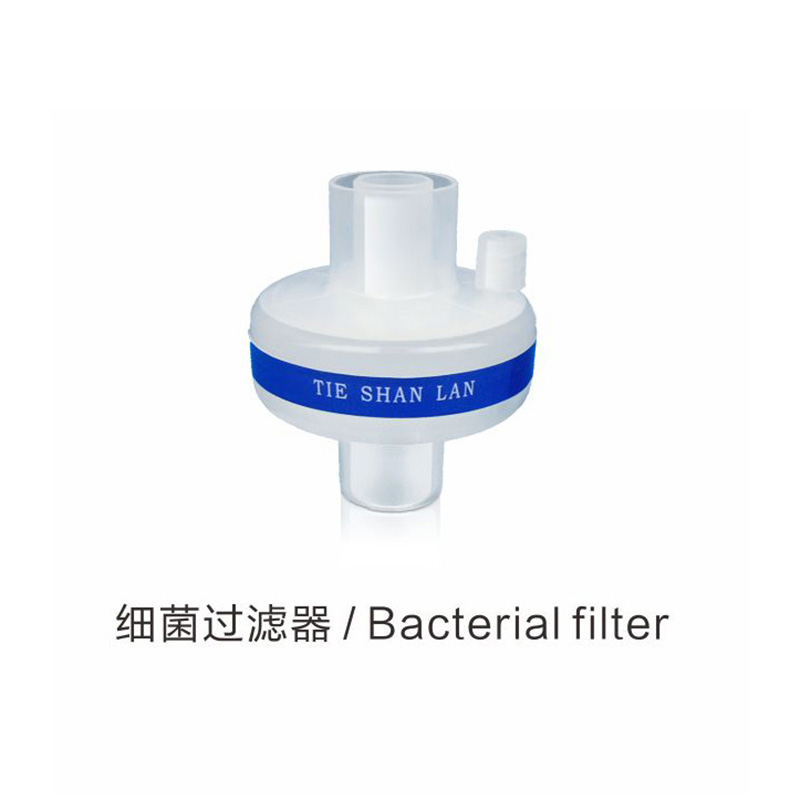A Heat Moisture Exchanger (HME) is one way to provide humidification to adult tracheostomy patients. Keeping the airway moist is important because it helps thin secretions so they can be coughed out. Other methods to provide moisture to the airway should be used when the HME is not in place.
Components of HEM Filters
The components of HME filters are carefully engineered to ensure optimal performance. Typically, these filters consist of a housing, hygroscopic media, and a bacterial/viral filter layer. The housing is designed to securely secure the filter within the patient’s breathing circuit. Hygroscopic media are typically made from hydrophobic materials that effectively capture and retain exhaled moisture. At the same time, the bacterial/viral filter layer acts as a barrier, preventing the passage of harmful microorganisms and particles.
Technical Features of HME Filters:
HME filter is used on patient breathing circuits to avoid any cross-contamination.
Appropriate for spontaneous respiration patients with a tracheostomy tube.
Effective filtration area: 27.3cm3
Luer Port for easy gas sampling with a tethered cap to eliminate the risk of misplacement.
Round ergonomic shape with no sharp edges reduces pressure marking.
Compact design reduces circuit weight.
Low resistance to flow reduces work of breathing
Generally contains a layer of foam or paper embedded with a hydroscopic salt such as calcium chloride
Bacterial and viral filters ideally have filtration efficiency of >99.9%
HME with humidification efficiency >30mg.H2O/L
Connects to a standard 15mm connector on an endotracheal tube
Mechanism of heating and humidification
Contains a layer of foam or paper embedded with a hygroscopic salt such as calcium chloride
Expired gas cools as it crosses the membrane, resulting in condensation and release of the mass enthalpy of vaporisation to the HME layer
on inspiration absorbed heat evaporates the condensate and warms the gas, the hygroscopic salt releases water molecules when the vapor pressure is low.
Warming and humidification is thus regulated by the moisture content of the expired gas and patient’s core temperature
A filter layer is also present, either an electrostatically charged or a pleated hydrophobic layer, the latter helps return moisture to the gas as condensation and evaporation occurs between the pleats.
Mechanism of filtration
Filtration is achieved for larger particles (>0.3 µm) by inertial impaction and interception
Smaller particles(<0.3 µm) are captured by Brownian diffusion
Application of HME Filters
They are widely used in hospitals, clinics, and home care settings. These filters are often integrated into ventilator circuits, anesthesia breathing systems, and tracheostomy tubes. Their versatility and compatibility with a variety of respiratory equipment make them an essential part of respiratory care.
As a leading supplier and manufacturer of medical consumables, Shanghai Teamstand Corporation is committed to providing high-quality HME filters that meet the stringent requirements of healthcare professionals. Their products are designed with a focus on patient comfort, clinical efficacy and infection control, making them the trusted choice for healthcare facilities around the world.
We offer a wide and comprehensive choice of HMEFs with a variety of efficiencies, sizes and shapes to ensure maximum customer choice whilst meeting all clinical requirements.
Post time: Apr-22-2024


